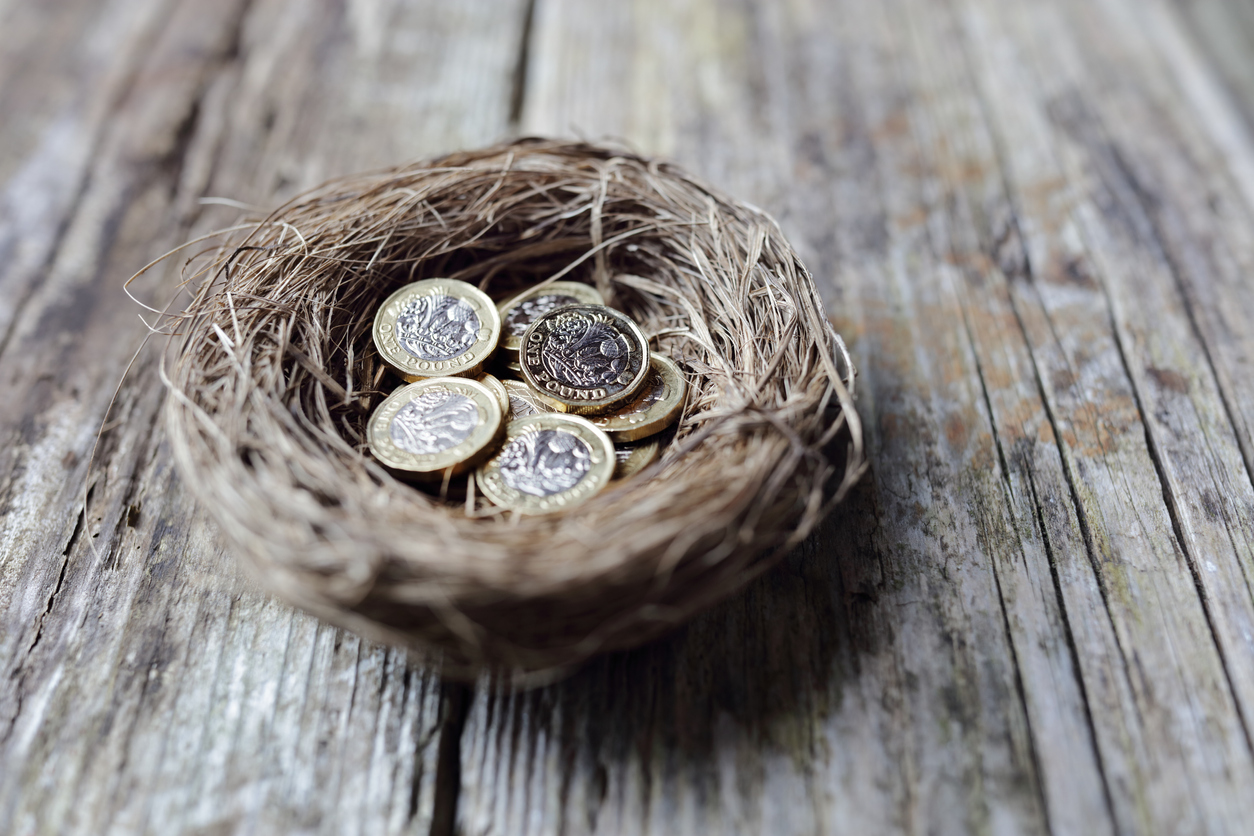
We’ve grown accustomed to a regular diet of bad news in recent years, and how negative headlines have wreaked havoc on stock markets. But investors should feel encouraged that stock markets often bounce back far sooner than you might expect.
Anyone who expected 2021 to begin in a more positive and optimistic fashion has probably been brought crashing back down to earth after the events of the year so far. But while the world is full of worries at the moment, it’s important to remember that the investment world approaches things very differently. In fact, stock markets have a long history of recovering strongly after big shocks, which makes it even more important for investors to hold their nerve during tough times.
‘Climbing the wall of worry’
Climbing the wall of worry was an investment phrase that originated in the 1950s. It means that during periods of economic or financial shock or stress, investors will continue to trade, and stock markets will keep rising as a result. The history books tell us that global stock markets have not only managed to survive negative events but have ultimately thrived.
However, what’s noticeably different now compared to previous periods of crisis is the shorter timeframe it takes for stock markets to absorb shocks and regain their composure again. This is due, in a large part, to the determination of governments and central bankers to take significant steps to prevent a crisis from turning into a depression.
The Wall Street Crash
The ‘Great Depression’ that took place during the 1930s began with the Wall Street Crash in October 1929. Throughout the 1920s, US stock markets enjoyed rapid expansion, but this started to slow down markedly towards the end of the decade. As production began to fall back, unemployment started to rise, and prices began falling. On 29 October 1929, the Dow Jones stock market fell 12%. But the aftershocks of ‘Black Tuesday’ continued to be felt for years after. By 1933, unemployment in the US had risen to 25% of the total workforce.
The lessons learned from the Wall Street Crash – and the Great Depression that followed – remain applicable today: the best way to stave off years of economic depression and hardship for millions is to provide emergency measures designed to stimulate the economy, prevent mass unemployment, and keep things moving. Even so, despite US President Franklin Roosevelt launching the historic ‘New Deal’ stimulus measures, it took stock markets a full 25 years before they returned to their pre-crash peak.
Black Monday
The experience gained after the Wall Street Crash managed to help stock markets to recover from the ‘Black Monday’ crash that took place in October 1987. This time, a number of events – such as the slowdown of the US economy, oil price fears, and automatic selling from newly computerised trading systems – converged to create an overwhelming sense of panic among investors. Back then, using computers to conduct large scale stock market trades was a relatively new concept, and the rules that meant systems would sell stocks when they fell to specified levels created a “death spiral” of selling. By the end of the day, 22% had been wiped off the value of the Dow Jones, and stock markets across the world were also badly affected.
Even so, this time the stock market recovered very quickly, boosted by the decision taken by central banks to reduce interest rates to help keep money circulating in the financial system. Investors soon regained their appetite, and just five years later (and after some measures were introduced to prevent a repeat of the computerised selling) stock markets were rising again by around 15% per year.
The tech bubble
The next big test for investors came with the commercialisation of the Internet in the 1990s, which led to the dramatic ‘dotcom’ boom and bust at the turn of the century. Back then, investors were almost euphoric about the possibilities of internet-based companies, and the value of shares in vastly-hyped companies – most of which had never made a profit – reached ridiculous levels.
This time, central bankers had tried to intervene and rein-in excessive speculation in tech companies by raising interest rates – the US Federal Reserve raised rates three times in 1999 and twice more early in 2000. But there was little they could do to prevent the dotcom mania. In March 2000, the bubble began to burst. The Nasdaq index that lists US tech companies fell by more than 20%, and by October 2002, the Nasdaq was down 80% from its March 2000 peak. This meant that trillions of dollars in paper wealth disappeared almost overnight. It took another 13 years before the Nasdaq fully recovered to surpass its previous high point.
Global Financial Crisis
But the biggest test for investment markets, the broader impacts of which are still being felt many years later, came with the ‘Global Financial Crisis’ of 2007/2008. This time, stock market crashes became a full-blown economic crisis after the collapse (and subsequent rescue) of banks that had invested in bad loans and toxic assets – it created shockwaves throughout the world. According to the International Monetary Fund, large US and European banks lost more than one trillion dollars, forcing bailouts that would lead to economic austerity for a decade.
In the UK, the FTSE 100 fell 31% in 2008. In the following year, UK gross domestic product (GDP) shrunk to -4.2%, and the unemployment rate rose to 7.9%, before reaching an all-time high of 8.1% in 2011. Perhaps you may recall this difficult period. But while the negative effects of the Global Financial Crisis lived on for many years, investment markets recovered quickly. The Bank of England acted decisively to lower interest rates to record levels and offered previously unheard-of levels of financial support. The measures worked, and in 2009, the FTSE 100 recovered by 22%.
The COVID pandemic
A similar pattern – crisis followed by rapid recovery – has taken place since the coronavirus pandemic caused economies across the world to enter hibernation in the early months of 2020. The initial shock prompted panic selling among investors. Global equity markets fell more than 35% in March 2020 and falls continued throughout April. But investors regained their composure when it became clear that governments and central banks would act to do whatever it took to prevent another Great Depression.
Another important factor was also noticeable during the early months of the pandemic. The reality is that companies are adept at adapting and evolving, and entrepreneurship is about thriving in testing times. Investors were, therefore, able to identify those companies that would do well during lockdown, tech companies for example, and these companies performed well throughout 2020.
What should investors do?
Let’s be clear – we’re still in the middle of the global pandemic, so it’s too early to chalk this one up to experience. And while it’s important to recognise that investment markets have shown great resilience in recovering so quickly, there’s clearly a disconnect between the performance of companies and the economic hardship that so many people faced during 2020 and are still likely to face in the months – perhaps years – ahead.
But from an investment perspective, it’s encouraging for our investors to feel reassured that negative economic and life circumstances don’t necessarily lead to negative returns. As history tells us, equities have always been a volatile investment, but that definitely does not mean they are a bad investment. People often make the mistake of selling when markets fall heavily, and only start investing again when markets have rebounded. But even during times of crisis, when people have experienced dramatic falls in the value of their investments, we’ve seen time and again that those losses can be recovered within a few years, provided you stay the course. Because the longer you remain invested, the more likely you are to make a gain.
There’s no doubt that the current climate remains a difficult one for investors. But decade after decade, the market has demonstrated its ability to climb the ‘wall of worry’ and to focus on finding investments with a good chance of future success. That’s as true now as it has always been.
If you are interested in discussing your financial plan or investment strategy with one of our experienced financial planners at FAS, please get in touch here.
This content is for information purposes only. It does not constitute investment advice or financial advice.





